Plant Science
Mining bacteria from the desert
Desert bacteria protect food crops from salt toxicity.

Bacteria isolated from the Saudi desert have demonstrated plant-growth-promoting properties that could make them useful as biofertilizers.
“The vast majority of deserts, especially in Saudi Arabia, have never been explored for agricultural potential,” says doctoral student, Abdul Aziz Eida, of KAUST’s Desert Agriculture Initiative. “Many people think deserts are sterile and inhospitable to any form of life. But there are many plants able to grow and survive in the harsh conditions found there. We believe that one of the key factors enabling plants to survive in such environments is their association with microbes in the soil.”
Eida is part of a team working on the Darwin21 project led by microbiologist Heribert Hirt. The researchers in this team study desert bacteria for their potential to promote plant growth in stressed conditions, such as those facing drought, salinity, extreme temperatures or nutrient deficiency.
The team collected soil samples from sites in two desert regions in Saudi Arabia: Jizan, located on the southern Red Sea coast, and Al Wahbah Crater, part of the extinct Harrat volcanic chain in western Saudi Arabia.
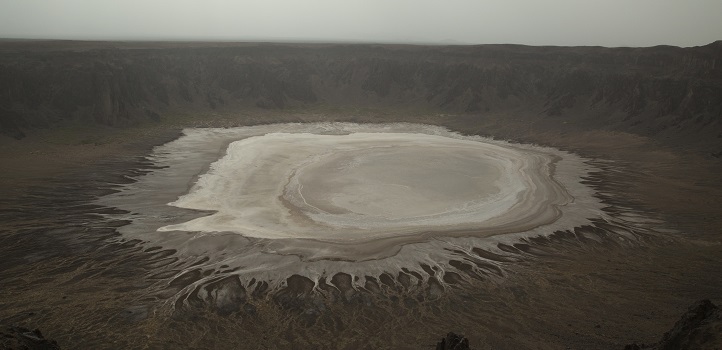
The habitat of the remote Al Wahbah crater, located in western Saudi Arabia, is characterized by low humidity, high evaporation rates and limited rainfall.
© 2018 Lukas Synek
They also took root samples from four types of plants and examined the samples for their bacterial content. They found large numbers and diverse kinds of bacteria in the desert soil, but their number and diversity were smaller in the soil attached to the plants’ roots, a zone known as the rhizosphere, and even smaller in the endosphere, within the roots1.
A significant number of the bacteria isolated from the plants’ endospheres were shown to have growth-promoting traits. The researchers introduced some of these bacteria, under laboratory conditions, to salt-stressed soil surrounding the roots of Arabidopsis thaliana (thale cress), which is often used to study plant development. They found the bacteria conferred salt-stress tolerance to the plant, promoting its ability to grow. “This was particularly exciting as it indicated that these bacteria might also promote salinity-stress tolerance in other plants, like wheat, barley or cucumbers,” says Eida.
KAUST scientists study plant-growth-promoting bacteria from the desert with the aim of applying them to increase crop yields.
© 2019 KAUST
Next the team investigated what was happening at the molecular level to improve plant growth when these bacteria were added to salt-stressed soil surrounding their roots.
They found that the presence of the bacteria affected the expression of certain genes involved in the transport of sodium and potassium ions2. Sodium is toxic to plants, while potassium is needed for plant development and growth. The bacteria induced molecular changes in plants that led to a reduction in sodium ions and an increase in potassium ions transported to the plants’ shoots. In this way, the bacteria protected the plants from salt toxicity and helped them acquire the nutrition they needed.
“Significantly, despite the fact that the five bacteria tested came from different plants were of different genera and possessed different plant-growth-promoting traits, they all had similar effects on the plants’ shoot and root biomass, ion distribution and transcriptional regulation of ion transporters,” says Eida.
The team is now testing the ability of some of their bacteria to promote wheat and barley growth in the field under saline and nonsaline irrigation conditions. They have a year’s worth of data with promising results, Eida says.
References
- Eida, A.A., Ziegler, M., Lafi, F.F., Michell, C.T., Voolstra, C.R., Hirt, H. & Saad, M.M. Desert plant bacteria reveal host influence and beneficial plant growth properties. PLoS ONE 13, e0208223 (2018).| article
- Eida, A.A., Alzubaidy, H.S., de Zélicourt, A., Synek, L., Alsharif, W., Lafi, F.F., Hirt, H. & Saad,M.M. Phylogenetically diverse endophytic bacteria from desert plants induce transcriptional changes of tissue-specific ion transporters and salinity stress in Arabidopsis thaliana. Plant Science 280, 228-240 (2019).| article
You might also like
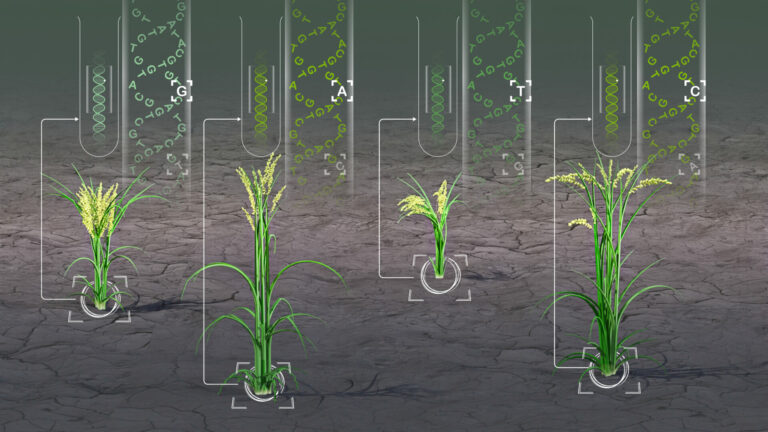
Bioengineering
Analytic tool reveals more cream of the crops
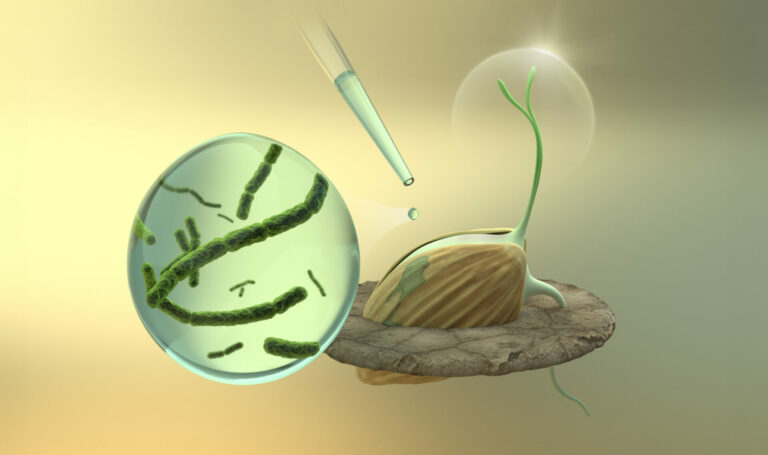
Plant Science
Targeting seed microbes to improve seed resilience
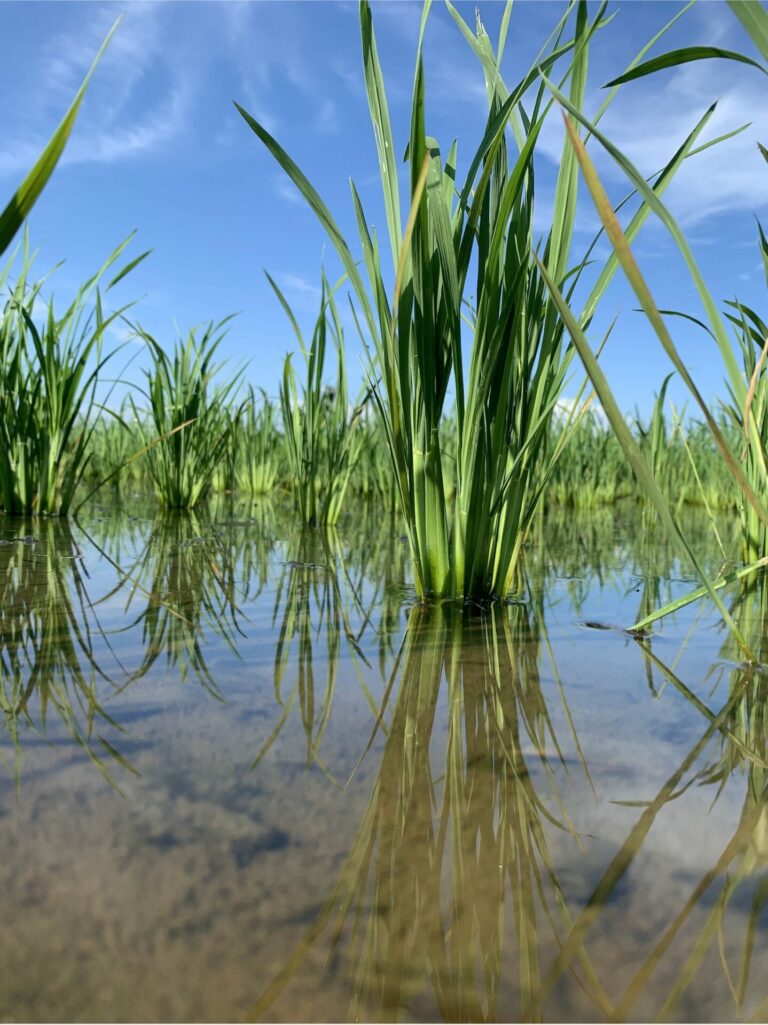
Bioengineering
From roots to shoots: decoding strigolactones in plant architecture and symbiosis

Plant Science
Engineering carbon sequestration on arid lands
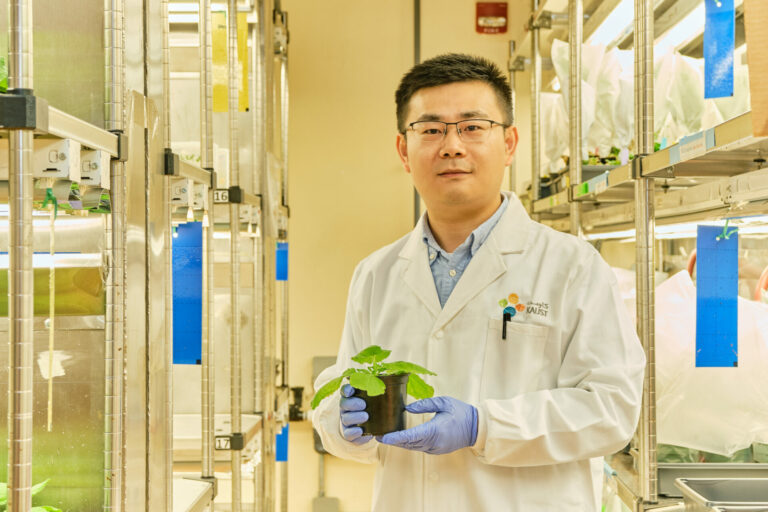
Bioengineering
Fungal enzymes may enhance provitamin A content and stability in crop plants
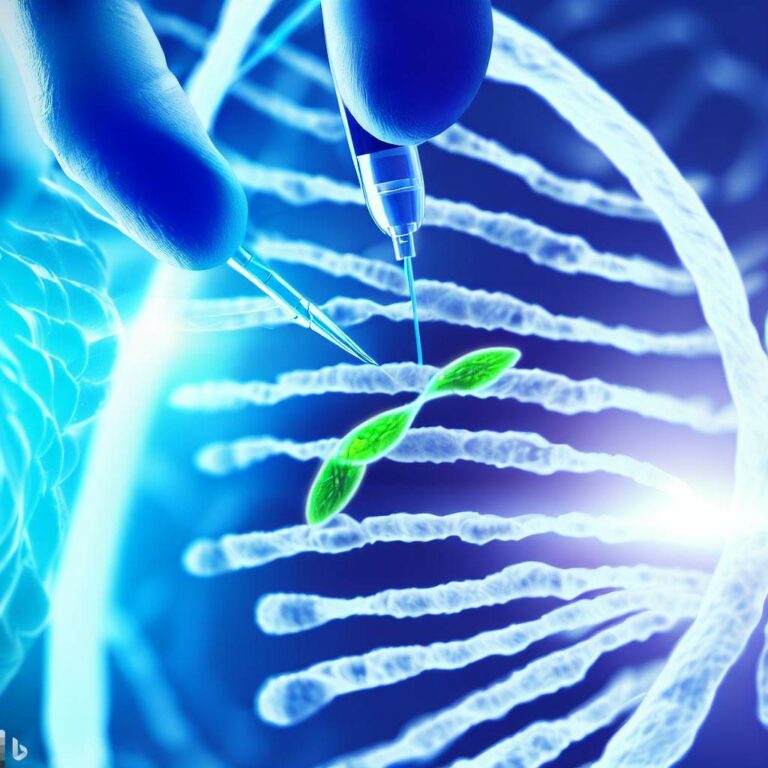
Bioengineering
New gene-editing technique offers path to precision therapies
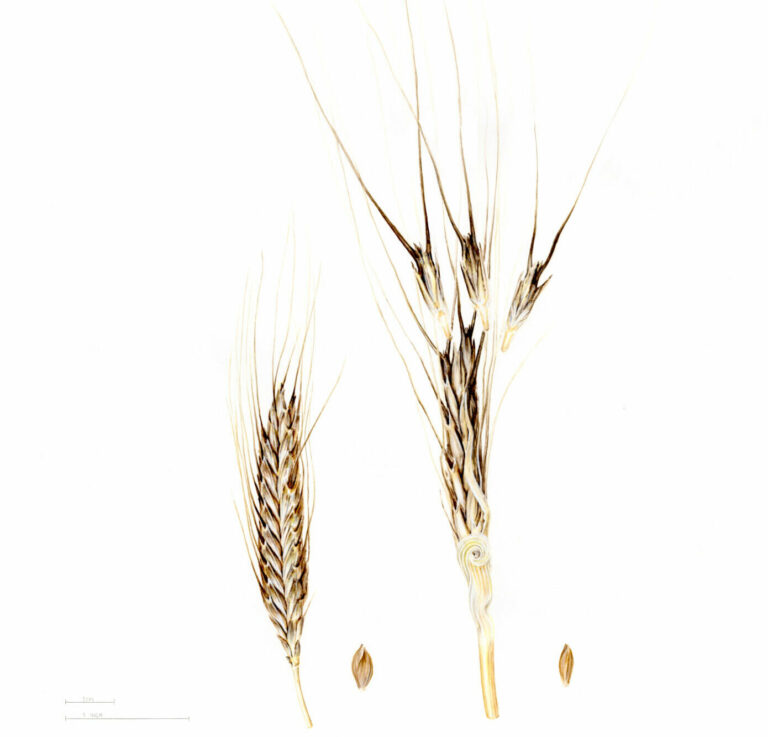
Bioscience
An ancient grain unlocks genetic secrets for making bread wheat more resilient
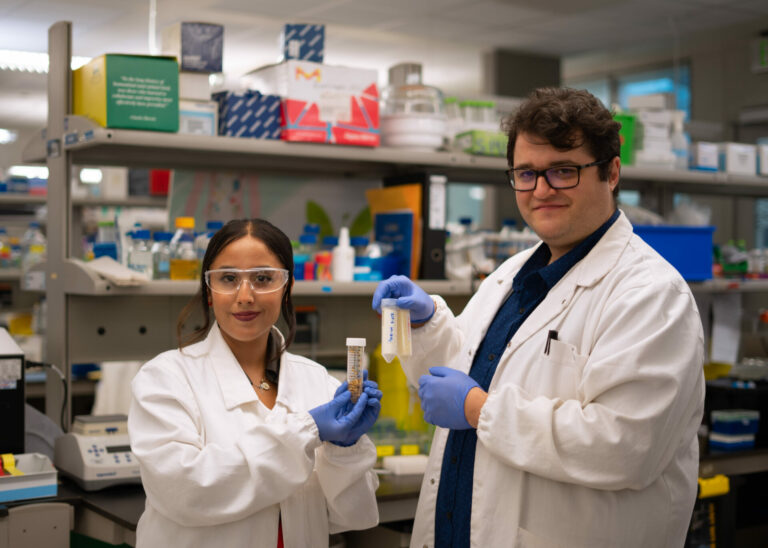
Plant Science




